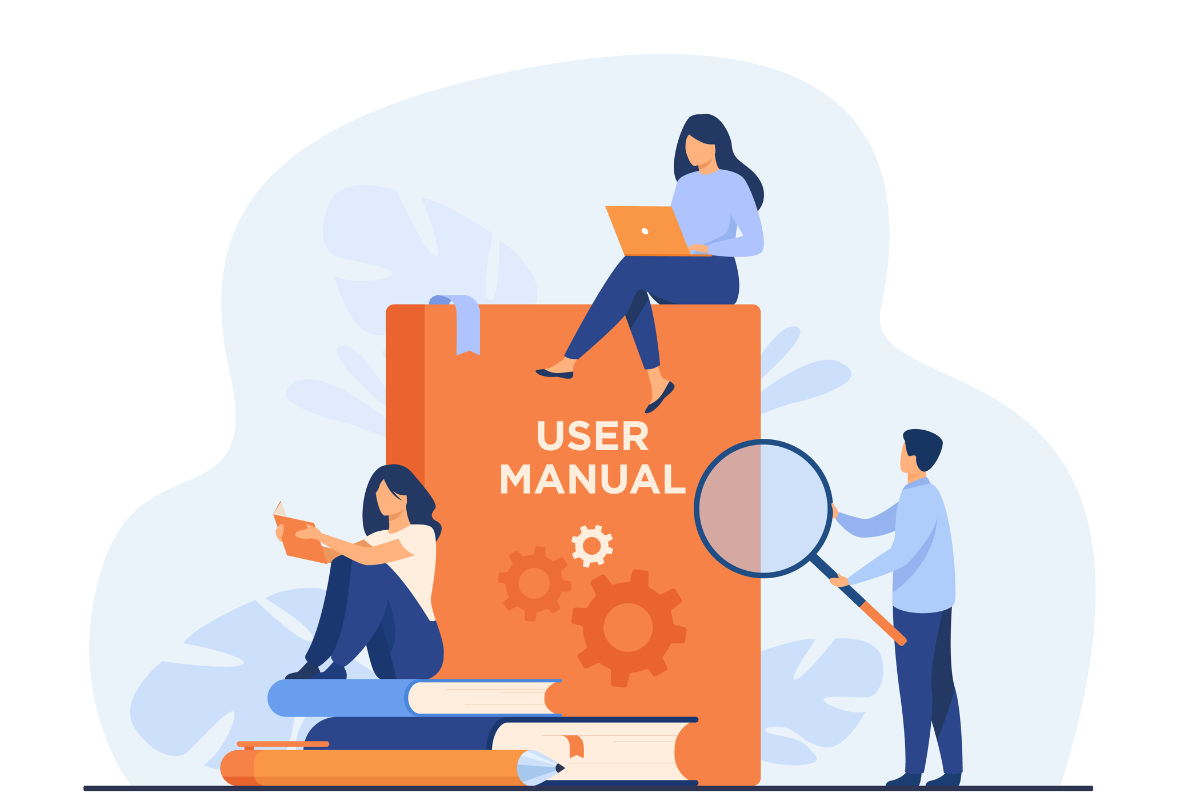Ever been there—You’ve got an important meeting coming up. They speak English, you speak Chinese, and your first thought isn’t “What should I say?” but “I need an interpreter.”Then you check the prices online… and reality hits: Wait, interpreting services are this expensive?
Most people have no idea how much an interpreting service really costs. Some think it’s a few bucks per hour; others have heard it’s thousands per day.Well, both can be true—it depends on what you need.Let’s break it down: how much does interpreting actually cost, where does the money go, and are there smarter alternatives?
The Price Range: From a Few Dollars to a Thousand and Beyond
The cost of hiring an interpreter can vary as widely as hotel prices—from budget rooms to five-star suites.Here’s a quick market overview:
| Type of Service | Price Range (USD) | Common Use Case |
|---|---|---|
| Phone/Video Remote Interpreting | $1.5 – $4 per minute | Remote meetings, consultations |
| Consecutive Interpreting (in-person) | $80 – $160 per hour | Business meetings, tours |
| Simultaneous Interpreting (half-day) | $400 – $650 | Small conferences, press events |
| Simultaneous Interpreting (full day) | $700 – $1,200+ | Large international conferences |
| Specialized Interpreting (medical/legal) | $1,500+/day | Industry seminars, legal sessions |
💡 Note: Most agencies require a minimum booking time (usually 2 hours), and may charge extra for travel or equipment.
So yes, if you hire a professional interpreter for half a day of business meetings, your bill can easily hit four digits.And that’s just the starting point.
Why Is Interpreting So Expensive?
Some people ask: “Isn’t it just repeating what someone said in another language? Why is it pricier than hiring a lawyer?”
The truth is—interpreters aren’t paid for their time, they’re paid for their focus.They listen, process, and translate within seconds, often under intense pressure.The cost depends on a few key factors:
Type of Interpreting = Level of Intensity
- Consecutive interpreting: The speaker pauses; the interpreter translates. Slower pace, less pressure.
- Simultaneous interpreting: The interpreter speaks almost in real time. Mentally exhausting, often requires two people alternating.
Simultaneous interpreting costs more because it demands higher skill, equipment, and teamwork.
Language Pairs Matter
English↔Spanish? Common, affordable.
Japanese↔German or Chinese↔Arabic?
That’s rare—and pricey.Fewer qualified interpreters = higher rates.
Specialized Fields
Medical, legal, or technical interpreting requires field-specific knowledge.
Interpreters must research terms, read documents, and understand the context beforehand.The more prep work, the higher the cost.
Location and Setup
Remote interpreting is cheaper.
On-site events require travel, lodging, and equipment (especially for simultaneous interpreting booths, headsets, and transmitters).
How Much Should You Budget?
Here’s a quick snapshot of average costs by scenario:
| Use Case | Suggested Service | Estimated Cost | Tip |
|---|---|---|---|
| Casual conversation, short calls | Remote interpreting | $50 – $200 | Great for one-off needs |
| Business trip or tour | Consecutive interpreting | $300 – $600 (half day) | Send materials in advance |
| International video meetings | Simultaneous interpreting | $700 – $1,200 (full day) | Hire by session to save costs |
| Medical or legal meetings | Specialized interpreting | $1,000+ | Provide background materials early |
But if you’re someone who often needs to talk across languages—making frequent calls abroad, chatting via WhatsApp or WeChat, or traveling for business—hiring interpreters all the time isn’t practical.
It’s costly, and frankly, inconvenient.
A More Flexible, Affordable Option
Luckily, tech has caught up—and real-time translation devices are now a reliable alternative.
Modern AI translation has gone far beyond the awkward “machine translation” days.
Take TransAI translation earbuds, for example.They can translate in real time during phone calls, voice chats, and video calls—directly through the earbuds. Whether you’re using WhatsApp, WeChat, making a phone call, or just have a in-personal talk, it converts speech instantly into your language.
In face-to-face conversations, the charging case even shows subtitles on its built-in LED screen. That means you can sit in a café, a meeting room, or even an airport lounge and talk freely with anyone—no booking, no scheduling, no waiting. Just connect to our app, and you’re good to go.
Compared with traditional interpreters that can cost thousands per month, TransAI’s earbuds are an affordable investment—a smart, long-term partner for communication in every situation. For immigrants, travelers, or global professionals, the freedom to “understand instantly” is something traditional interpreting simply can’t offer.
Let’s Do the Math
Say you have three one-hour international meetings a month.Remote interpreting would cost around:
$120 × 3 = $360/month
That’s $4,320 per year.
Now compare that to a TransAI translation earbud (like the G1 or GO1)—You pay once, and it supports real-time translation for calls, videos, and in-person chats.No scheduling, no extra fees, no timezone headaches.
Over time, it’s not just cheaper—it’s liberating.
The Language Barrier Is Shrinking
Interestingly, most users say their first feeling after trying a translation earbud isn’t about saving money—it’s about freedom.
Take Anna, a Spanish-speaking user living in the U.S. She used to wait on community interpreter hotlines just to make a doctor’s appointment. Now she can talk directly with her doctor in real time.
Or Pierre, a small exporter from France who uses TransAI to discuss deals with Chinese clients—no more expensive remote interpreters, no delays.
These stories share a theme: technology is democratizing communication.Interpreting is no longer a luxury service. It’s becoming an everyday tool for anyone who needs to connect across languages.
In a Nutshell
If you only need interpreting occasionally—say, for professional conferences or high-stakes negotiations—hiring an interpreter still makes sense: precise, controlled, and professional. But if you want to communicate freely in daily life, business calls, or travel, a real-time translation earbud might just be the smarter choice.
Language isn’t really a barrier—it’s just waiting for the right bridge. Sometimes, that bridge is a skilled interpreter. Other times, it’s sitting right in your ear.


Hinterlasse einen Kommentar
Diese Website ist durch hCaptcha geschützt und es gelten die allgemeinen Geschäftsbedingungen und Datenschutzbestimmungen von hCaptcha.